 |
|
Starlink 4-20 (Falcon 9) 3 September 2022 |
Space Launch Complex 40 Cape Canaveral Space Force Station |
A SpaceX Falcon 9 rocket launched 51 Starlink satellites and Spaceflight’s Sherpa-LTC, an orbital transfer vehicle carrying the Varuna-TDM, to low-Earth orbit from Space Launch Complex 40 (SLC-40) at Cape Canaveral Space Force Station at 10:09 p.m. on 3 September 2022. Following stage separation, the first stage landed on the Just Read the Instructions droneship stationed in the Atlantic Ocean. The first stage booster supporting this mission previously launched Arabsat-6A, STP-2, COSMO-SkyMed Second Generation FM2, KPLO, and two Starlink missions. |
|
TIME EXPOSURE |
|
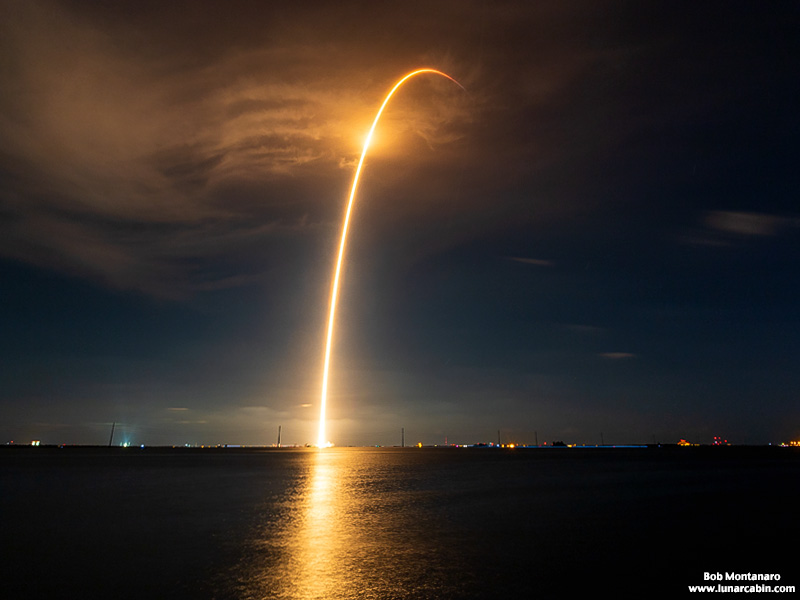 |
|
TELEPHOTO IMAGES |
|
 |
|
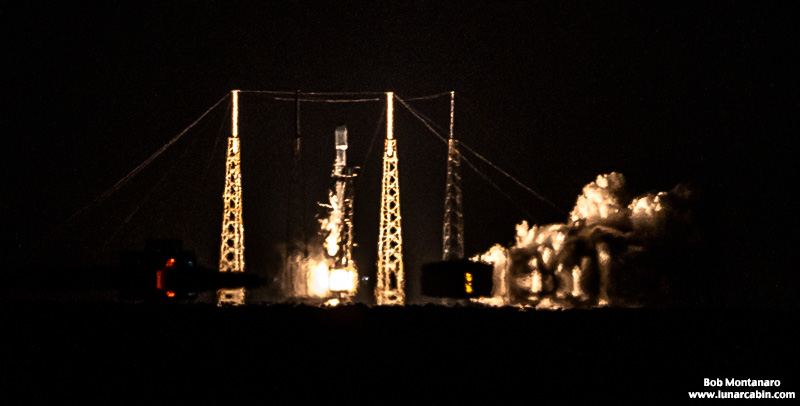 |
|
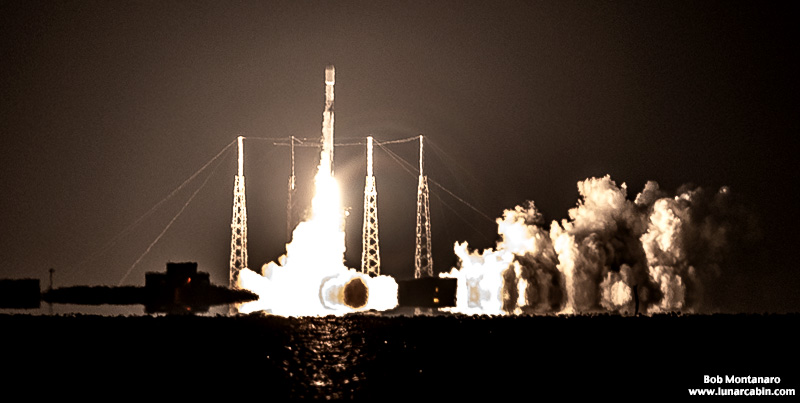 |
|
 |
|
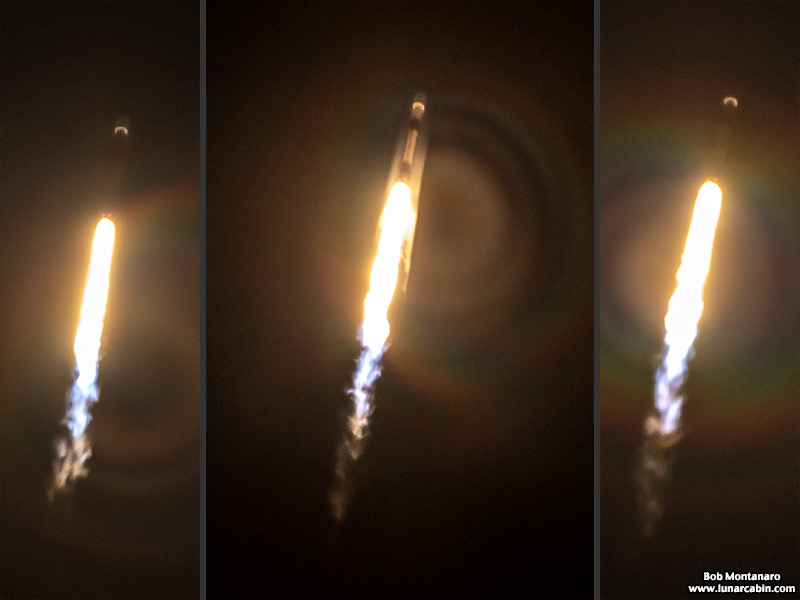 |
|
The Falcon 9 is momentarily cloaked in water vapor as the rocket goes transonic. |
|
 |
|
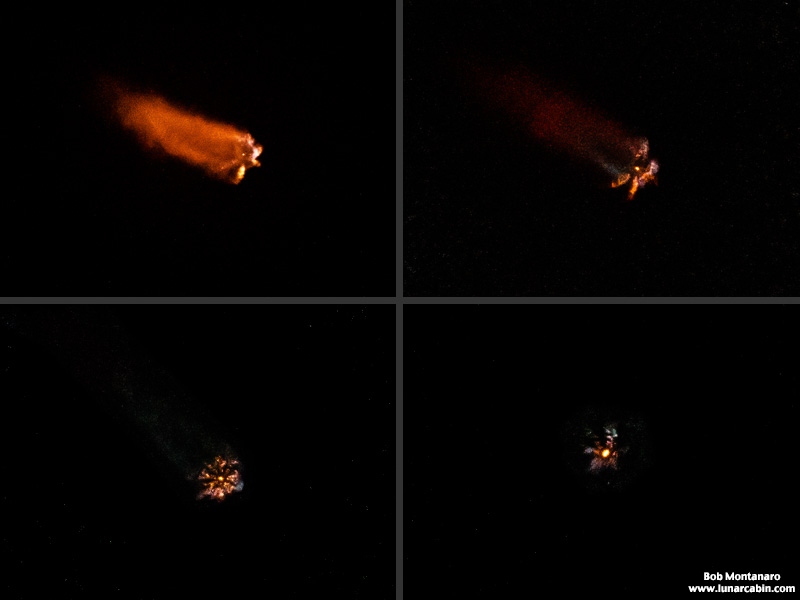 |
|
Getting close to the shutdown of the first stage engines. High altitude haze blocked most of the view after this. |
|
FROM THE SPACEFLIGHT PRESS RELEASE OF THE SHERPA-LTC2 RIDESHARE MISSION |
|
The mission lifted off at 10:09 ET on September 4 from Cape Canaveral carrying 51 Starlink satellites and Spaceflight’s Sherpa-LTC2 orbital transfer vehicle (OTV) with its customer payload onboard. The high-thrust propulsive Sherpa was deployed successfully from SpaceX’s Falcon 9 about an hour later. It made contact upon first pass, and continues to execute its commissioning processes. The OTV will ultimately target a 310-kilometer circular orbit before igniting and transporting an undisclosed customer payload [Boeing's Varuna-TDM], booked through Astro Digital, to a 1,000-kilometer circular orbit. Sherpa-LTC features a bi-propellant, green propulsion subsystem utilizing Benchmark Space Systems’ new Polaris propulsion technology. The revolutionary OTV provides a low-cost, rapid orbital transfer for many sizes of small spacecraft. Spaceflight’s customer and technology partner on this mission, Astro Digital, designed and manufactured the payload launching on Sherpa- LTC, and provided the command and control system known as Makalu, for the Sherpa OTV. |
|
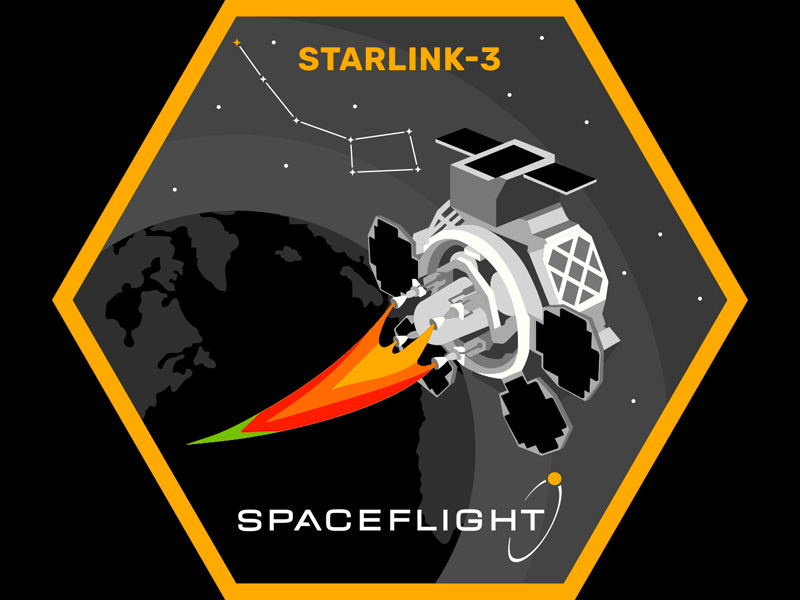 |
|
Image Credit: Spaceflight |
|
VARUNA TECHNOLOGY DEMONSTRATION MISSION |
|
[Boeing's] Varuna is a commercial program, intended to demonstrate technologies and perform in-orbit performance testing for a V-band communications system with characteristics consistent with the system recently approved by the FCC. The in-orbit demonstration will allow for verification of assumptions regarding the propagation characteristics of V-band spectrum, will provide an opportunity for manufacturers of terminal equipment and other hardware compatible with Boeing’s V- band Non-Geostationary Fixed Satellite Service system to demonstrate and confirm the capabilities of their equipment designs, and allow prospective users of Boeing’s broadband communications services (including both commercial and federal government users) an opportunity to evaluate the performance of V-band communications links and ascertain their attributes and acceptability for specific applications. |
|
All contents copyright Lunar Cabin |
|